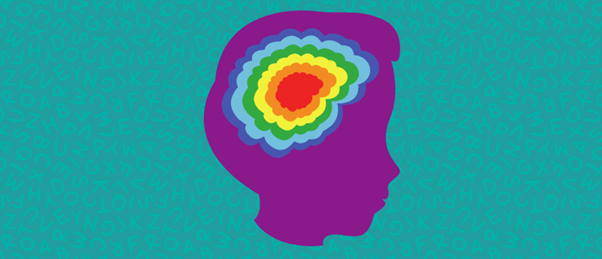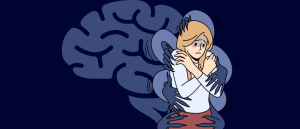
BioTechniques News
Beatrice Bowlby

Researchers have revealed that the anterior neostriatum plays a key role in developmental language disorder (DLD), paving the way for new biomarkers and treatment options.
Through a systematic review and meta-analysis of neuroanatomical studies, a multi-institutional group of researchers have uncovered abnormalities in the anterior neostriatum region of individuals diagnosed with the communication disorder DLD.
The team utilized a relatively new neuroanatomical meta-analytic technique, termed co-localization likelihood estimation, to systematically identify and synthesize 22 peer-reviewed neuroanatomical studies of DLD involving 577 individuals. From analyzing these studies, they observed that the anterior neostriatum, a region within the basal ganglia, was abnormal in 100% of the studies that focused on this structure.
The anterior neostriatum has traditionally been associated with movement, suggesting that existing drugs used to treat movement impairments, which are linked to basal ganglia dysfunction, could also prove useful in the treatment of DLD.
 How neuroscientists are detangling the fear response
How neuroscientists are detangling the fear response
Scientists have mapped the neural circuitry underlying the generalized fear response.
The authors also suggest that the basal ganglia anomalies could be used as biomarkers for DLD. This could aid earlier interventions such as putting speech and language support in place for children at an earlier point in their development.
Speaking on the potential implications of this research, lead author of the paper Michael Ullman (Georgetown University Medical Center, DC, USA) commented: “We hope that by identifying the neural bases of developmental language difficulties we may help increase awareness of a major, but also rather unrecognized, disorder. We caution, however, that further research is necessary to understand exactly how the anterior neostriatum might lead to the language difficulties.”
“Continuing research efforts to further understand the neurobiology of developmental language disorder, especially the role of the basal ganglia, could help the many children who are affected by these problems,” concluded Ullman.
The post Decoding the neuroanatomical signature of developmental language disorder appeared first on BioTechniques.
Powered by WPeMatico
